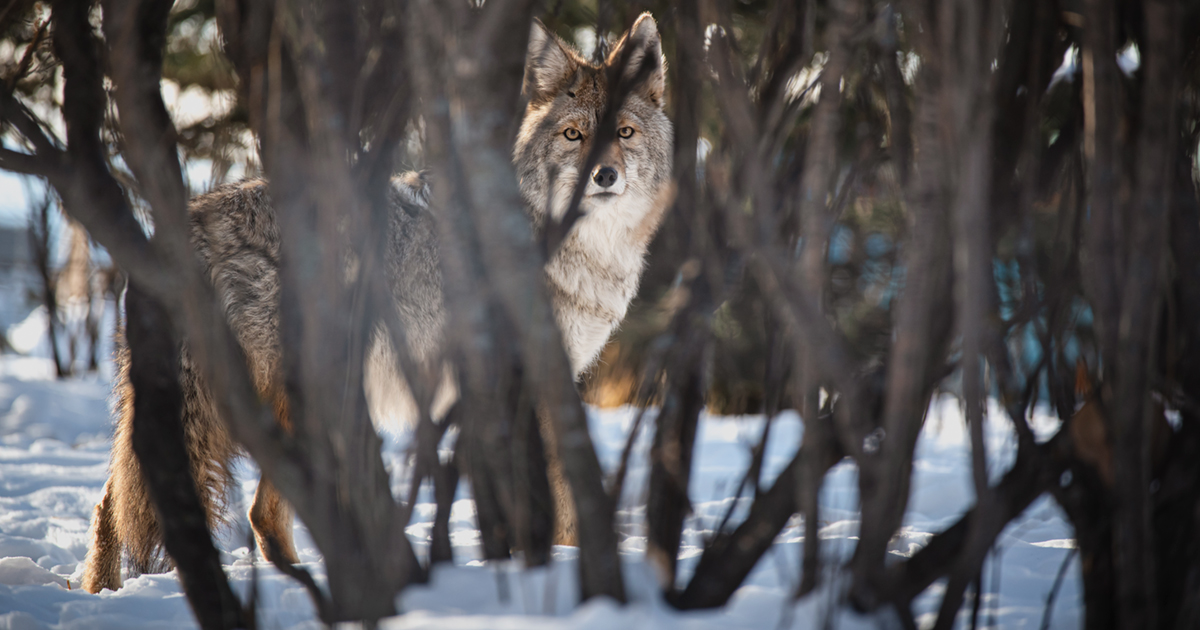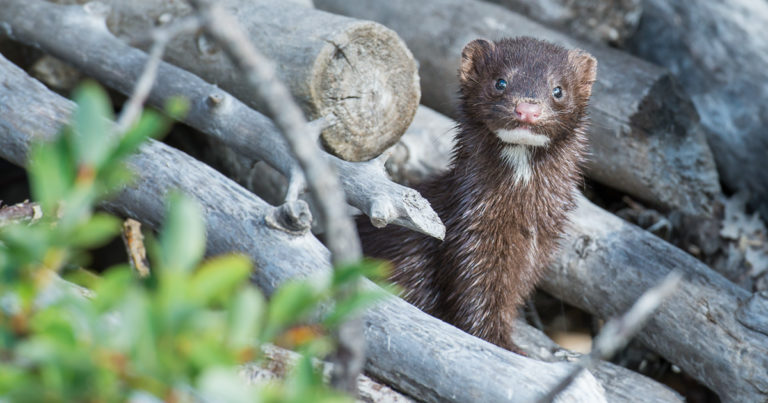
Numerous media reports in Vancouver and the Lower Mainland, as well as the interior, are proclaiming that animals are attacking, and that there’s little people can do about it.
While it makes for exciting headlines, it’s also misleading. Outdoor recreationalists – from dog walking families to competitive cyclists or runners – can all play a role in preventing and mitigating human conflict with wildlife across Canada. Here’s a few tips the media can use (as well as outdoor recreationlists) to help:
- Turn down the volume. Music is to exercise as the beach is to relaxing for many, but blocking one of our senses creates risk – and not just related to wildlife. It is strongly recommended that if you listen to music while running, cycling or partaking in any other outdoor activity you keep at least one ear free of music. From vehicles approaching to barking dogs to the unfortunate reality of criminally intent humans, being able to hear what’s going on around you is essential for safety.
- Stay on the trails. When mountain biking, hiking, geocaching or otherwise outdoors, staying on trails is another safety tip with multiple facets. Avoiding injury and keeping the environment as pristine as possible are top of the list, but it also helps wildlife avoid people.
- Avoid startling wildlife. Using your voice is one of the best things you can do to ensure wildlife knows you’re around – and can therefore give you space. Occasionally speaking out loud to announce your presence, even when alone, is advised. Some noise makers are occasionally recommended, but The Fur-Bearers suggests speaking with local experts to find out what is most effective and what isn’t helpful.
- Check the news. Whether it’s an increase in wildlife activity near your running trail, mudslides on the backroads or the possibility of a chilly wind that requires an extra layer, checking the news before heading out into nature (or for exercise) is generally a good practice. This also means you can avoid trails where negative encounters may have occurred recently and help prevent more conflict.
- Get to know the neighbours. Learn who local wildlife is, when they’re active and what the best ways to coexist with them are, as well as any safety precautions that should be considered.
- NEVER FEED WILDLIFE. When one cyclist, runner, hiker, bird photographer or anyone else provides food to an individual animal or introduces it to an ecosystem, the ramifications can be far and wide, without the individual ever knowing. Report any feeding activity to your local authorities, as well.
There are an endless number of ways recreationalists can stay safe – and we’d love to hear more about the tips you pass on for your interests, hobbies or exercises! Drop us a note at info@TheFurBearers.com or on any of our social channels to be included in an upcoming blog.
